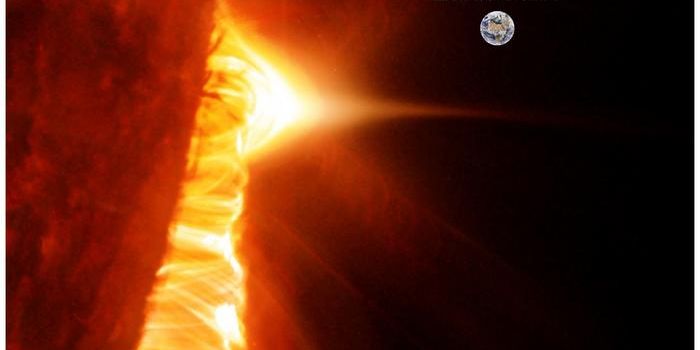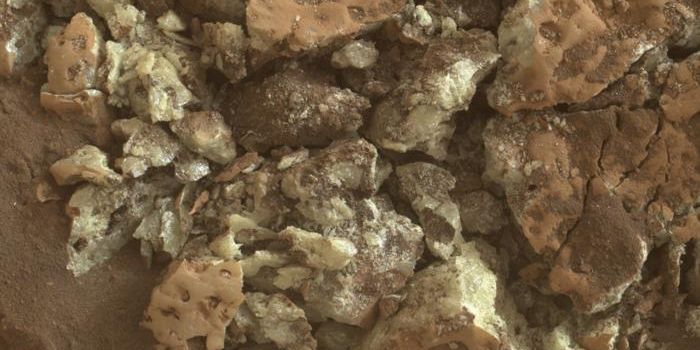Is a Supernova to Blame for the Devonian Extinction Event?
Over the roughly 4.5 billion years of Earth's existence, there have been several periods were biodiversity has been nearly wiped out - extinction events. There have been several proposals to explain these events, including huge volcanic eruptions, asteroid impacts, or climate change. Scientists have now proposed that the cosmic rays unleashed by a supernova, which happens when a star explodes, could be to blame for one of these events, which happened at the boundary of the Devonian and Carboniferous periods 359 million years ago.
The proposal was reported in Proceedings of the National Academy of Sciences. It suggested that Earth's rocks contain plant spores that seem to have been burned by ultraviolet rays, over thousands of years. This may be evidence for an event in which the ozone layer that shields Earth from the sun's UV rays was dramatically depleted. Not many other things could explain a prolonged loss of ozone, because the layer can repair itself after local disruptions within about ten years.
"Earth-based catastrophes such as large-scale volcanism and global warming can destroy the ozone layer, too, but evidence for those is inconclusive for the time interval in question," explained the study leader Brian Fields, an astronomy and physics professor at the University of Illinois, Urbana-Champaign. "Instead, we propose that one or more supernova explosions, about 65 light-years away from Earth, could have been responsible for the protracted loss of ozone."
The research team considered other explanations for ozone depletion, like solar eruptions, meteorite impacts, and gamma-ray bursts. "But these events end quickly and are unlikely to cause the long-lasting ozone depletion that happened at the end of the Devonian period," said graduate student and study co-author Jesse Miller.
A supernova can damage Earth in two ways, said the researchers. It can hit the planet with dangerous ultraviolet, gamma, and X-rays; and debris from the supernova can hurtle into the solar system, creating irradiation from cosmic rays that the supernova accelerates. This type of damage can apparently last for as many as 100,000 years.
The fossil record has indicated that biodiversity declined for about 300,000 years before the Devonian-Carboniferous extinction, so there may have been multiple events, even multiple supernovae. "This is entirely possible," Miller said. "Massive stars usually occur in clusters with other massive stars, and other supernovae are likely to occur soon after the first explosion."
The presence of radioactive isotopes called plutonium-244 and samarium-146 would have to be found in fossil and rocks from that period order to prove that it was a supernova, noted the researchers. "Neither of these isotopes occurs naturally on Earth today, and the only way they can get here is via cosmic explosions," said undergraduate student and co-author Zhenghai Liu.
That evidence has not yet been found, but the team will be looking at the fossil record for patterns.
Sources: Science Daily via University of Illinois at Urbana-Champaign, News Bureau, ARS Technica, Proceedings of the National Academy of Sciences








